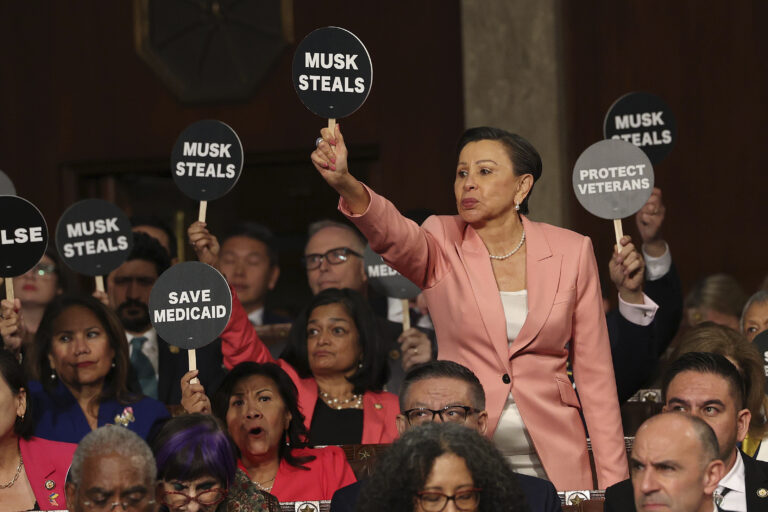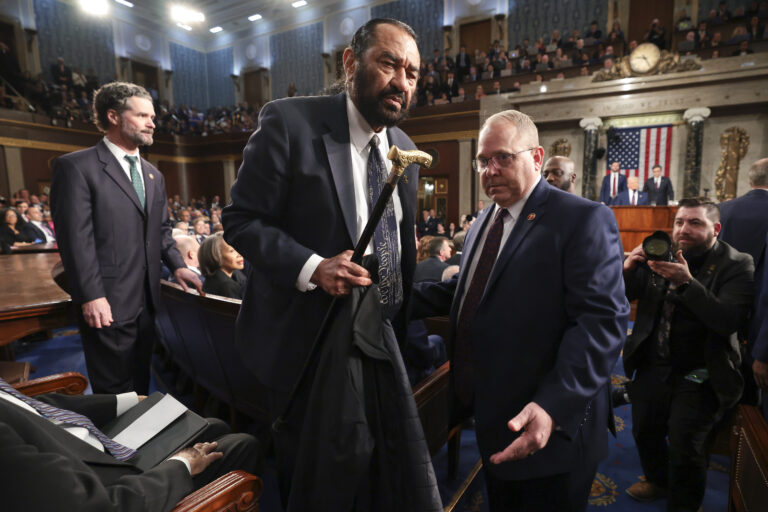 There’s been a “definite change” in how consumers choose to receive severe-weather information, including alerts and forecasts, The Weather Channel‘s Melissa Medori says.
There’s been a “definite change” in how consumers choose to receive severe-weather information, including alerts and forecasts, The Weather Channel‘s Melissa Medori says.
Now that a ferocious tornado season is fading into the start of hurricane season, “we have definitely seen an increase in both app downloads and alert sign-ups,” she says.
Sign-ups have “steadily increased over the last couple years as more people become more reliant on their phones, and we also see spikes during severe weather events,” such as the recent tornadoes in northern Alabama and in Joplin, Mo., says David Blumenthal of The Weather Channel.
The Weather Channel’s weather app for the iPhone has seen as many as 47,000 downloads a day, especially after the latest barrage of tornadoes.
Most storm apps are based on data sent out by the National Weather Service, which the agency is happy to share.
“If that’s the way people are going to get their alerts, that’s great. We want to supply these warnings in every way we can to get to as many people as we can,” says John Ferree, Severe Storms Service leader for the National Weather Service in Norman, Okla.
Even small developers are seeing big returns as the hunger for instant news about potentially dangerous storms grows in what’s turning out to be a very active storm season.
With names such as StormTrak, Weather Alert USA and Storm Spotter, the apps combine National Weather Service data and radar images to give as close to real-time updates as possible.










